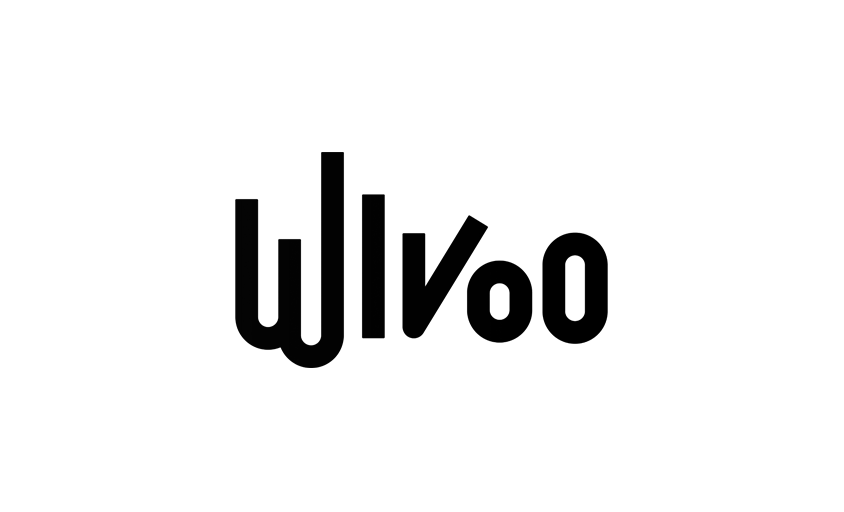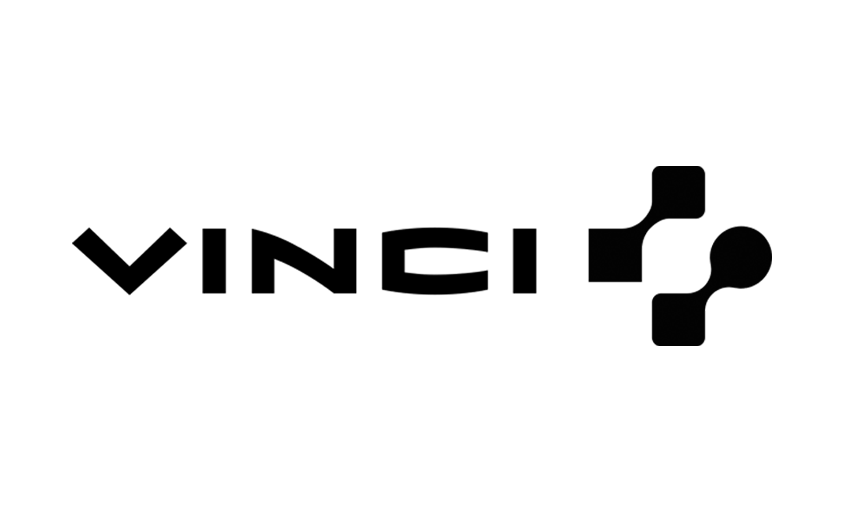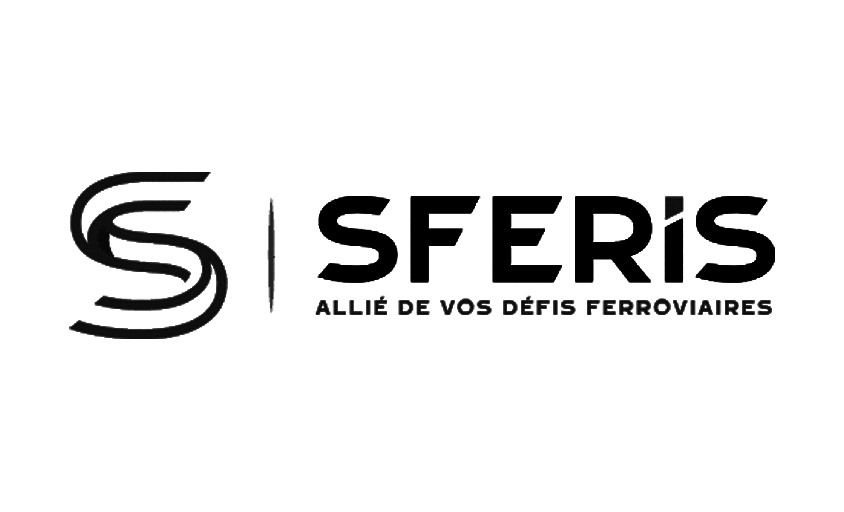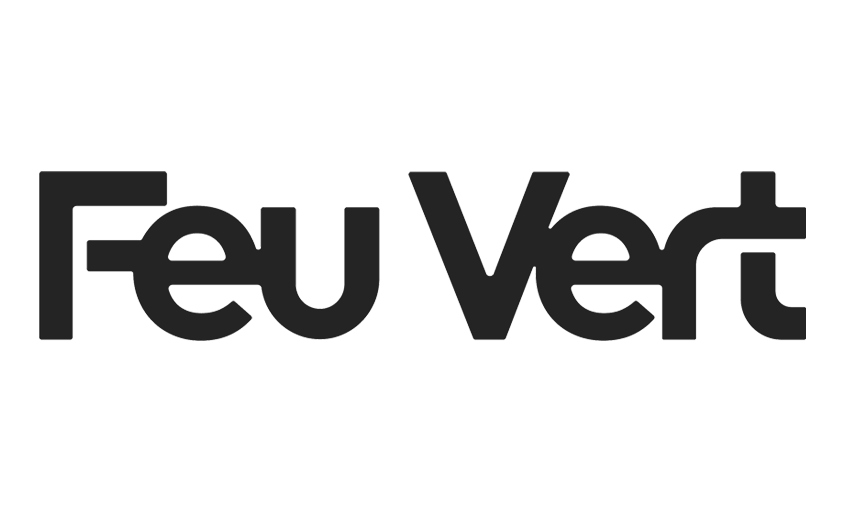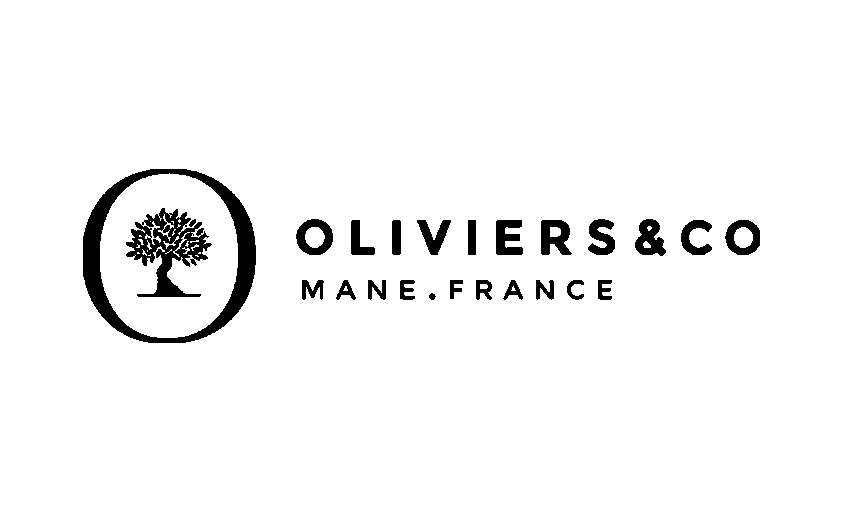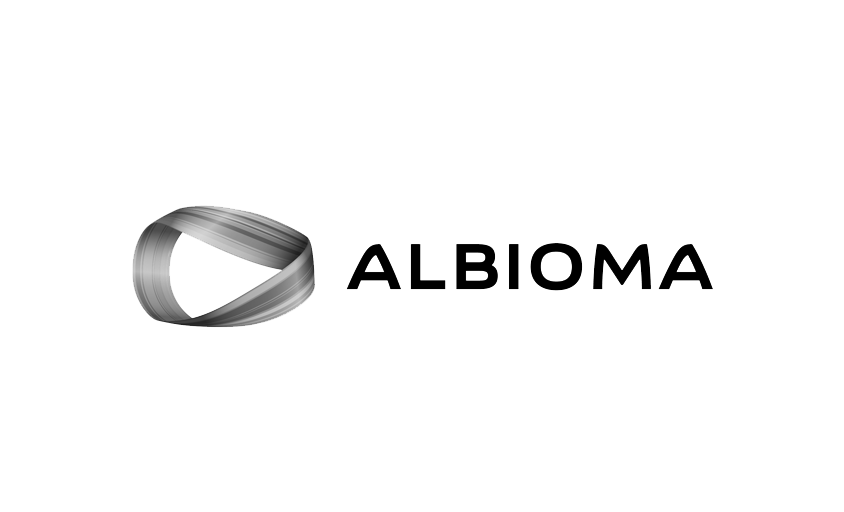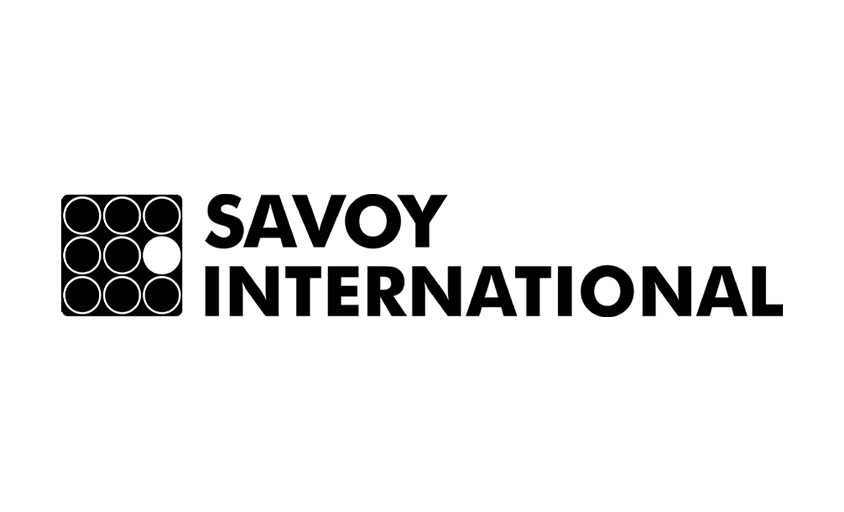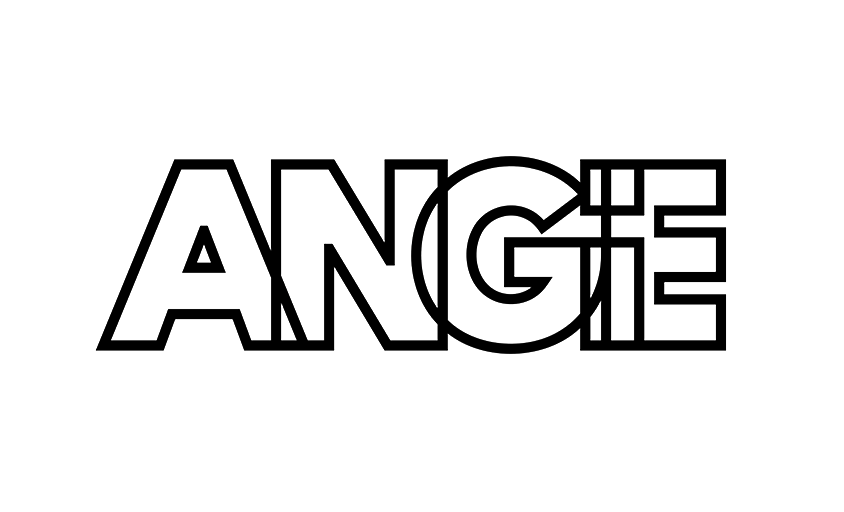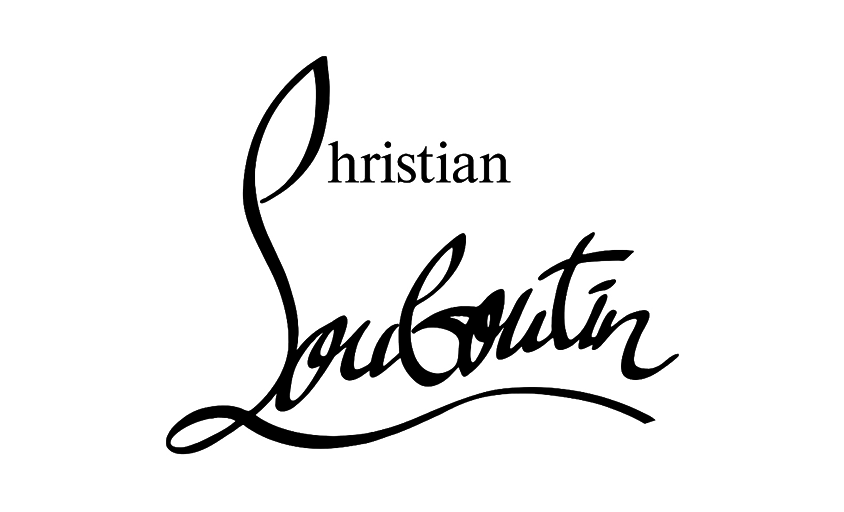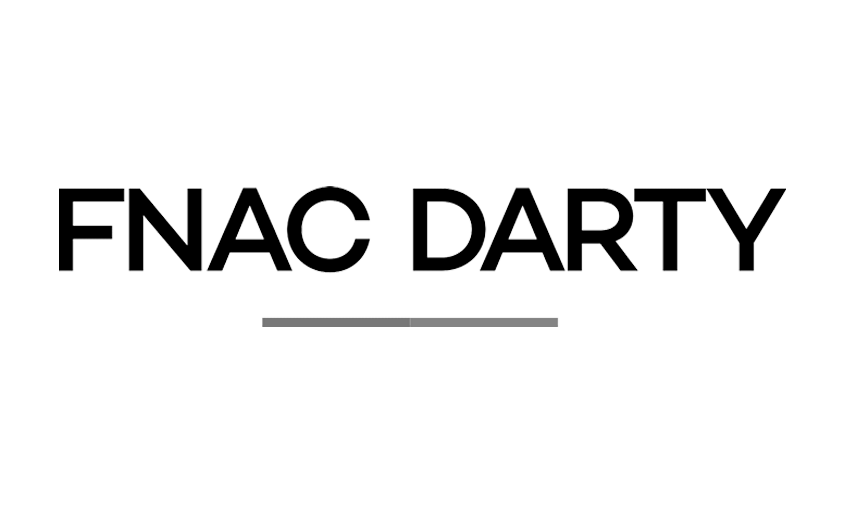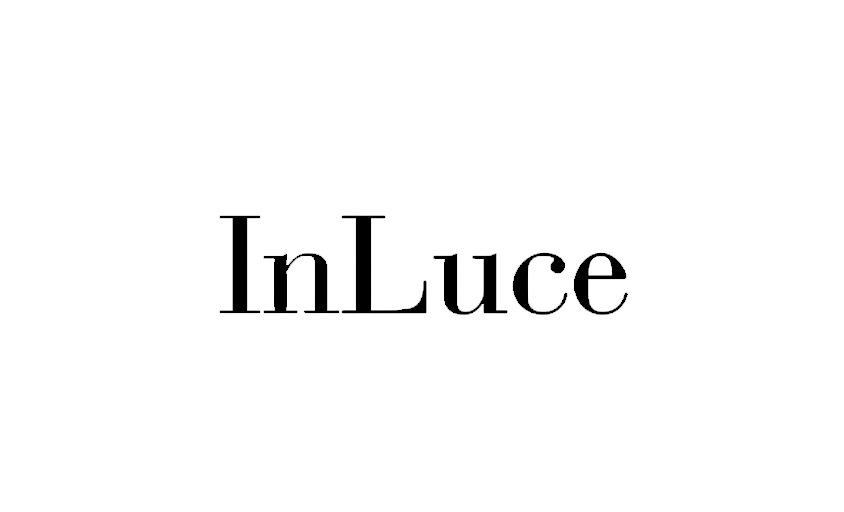What is a Communication Agency?
In this article :
By definition, a communication agency is a partner that helps a company structure and deliver its messages, whether to its clients, partners, or employees. But this generic definition is no longer enough. Today, faced with saturated audiences, fragmented channels, and ever-higher image demands, agencies must do much more than simply “communicate.”
They manage perception. They organize how a brand tells its story, what it reveals, what it conceals, and how it positions itself within its competitive environment.
At Rétines, we operate within this chain: often in direct connection with brand management teams or in coordination with the agencies themselves, to produce the visuals that embody this narrative. A poorly produced image weakens a well-crafted message. Conversely, a well-executed photograph can amplify a brand’s positioning.
Why hire a communication agency?
There are several typical scenarios where the involvement of an agency becomes essential:
- New company or rebranding
- Launch of a product, service, or campaign
- Need to structure a content strategy or an overall message
- Need to delegate creative production to external experts
Beyond the deliverables (poster, website, visual, campaign), it is the overall coherence that justifies their value. A company may have multiple messages, multiple audiences, multiple products. The agency’s role is to prioritize, articulate, and formalize a clear and impactful expression.
An invisible but central function
What an agency does, above all, is organize a brand’s voice. This involves:
- The brand messaging (tone, promise, positioning)
- Prioritizing topics (what is highlighted, and what is not)
- Staging this message (content, formats, timing)
This behind-the-scenes work is invisible to the public but crucial to ensure that every touchpoint (billboards, newsletters, websites, social media, etc.) contributes to the same intent.
And this is where photography becomes a key lever. An inconsistent or generic image is enough to blur the message. A poorly conceived product shoot, executive portrait, or series of corporate images can undermine months of strategic thinking. That’s why some agencies reach out to us directly to integrate photography into their campaigns from the earliest stages of development.
The Key Roles of a Communication Agency
Not all agencies are the same size or have the same scope of action. But they share a common core of essential missions, which can be handled internally or coordinated with external providers such as creative studios, developers, or photographers, like Rétines, for example, in the context of demanding visual productions.
Here are the main functions a communication agency takes on for its clients:
1. Clarify Brand Positioning
Before speaking, you need to know who you are and how you want to be perceived. This is where the agency’s strategic role begins.
It helps formulate a clear value proposition, identify the right differentiation axes, and position the company within a coherent competitive landscape. This applies to both words and visual codes.
Without this foundation, communication materials risk contradicting each other or producing a blurred brand image.
2. Structure the Discourse and Key Messages
Once positioning is defined, the agency helps articulate a coherent discourse:
- Which messages to highlight?
- To whom, and in what tone?
- On which channels?
- At what frequency?
It drafts editorial lines, develops arguments, defines hooks. Each element must be adaptable to different formats without losing impact.
This role is often invisible to the general public, but it’s one of the most decisive. This is also where a visual partner like Rétines can step in, translating messages into images without redundancy or confusion.
3. Design a Coherent Artistic Direction
Effective communication doesn’t rely solely on words. The visual territory is just as strategic.
The agency defines a clear artistic direction:
- typography, colors, grids, iconography,
- photo or video treatment,
- visual rhythm of digital and print materials.
This framework prevents visual dissonance from one medium to another. This is where photography, whether packshot, reportage, or editorial, becomes crucial: images must fit within this graphic universe without contradicting it.
Rétines is often called upon at this stage to produce images perfectly aligned with the agency’s defined guidelines: controlled lighting, precise composition, calibrated rendering according to the support’s objective.
4. Produce or Coordinate Content
Some agencies handle production internally (graphic design, copywriting, photo, video), others prefer working with a network of partners. In both cases, their role is to oversee the quality of the deliverable, considering:
- budget,
- timeline,
- distribution channel,
- and the client’s aesthetic standards.
An image produced “outside” the strategic or artistic framework can weaken project coherence. That’s why a good agency knows its providers well, they choose them for their ability to align with the brand’s intent, not just raw talent.
5. Distribute, Measure, and Adjust
Finally, the agency can support (or supervise) message distribution across chosen channels:
- social media,
- emailing,
- display campaigns,
- press,
- sponsored content,
- event activations, etc.
It ensures the message reaches the right place, at the right time, with the right tone. In some cases, it also measures the impact to adjust future communications.
Different Types of Communication Agencies
The term “communication agency” has become a catch-all phrase. Behind this label lie structures with very different areas of expertise. Some are generalists, others highly specialized. Here is a mapping of the most common models, to understand in order to surround yourself well according to your objectives.
1. Full-Service (or 360°) Communication Agency
It brings together all expertise: strategy, creative, content, print, web, digital, social, production, media buying, etc. It is a turnkey solution for companies seeking comprehensive support and a single point of contact.
Advantage: overall coherence, time-saving, centralization.
Limitation: some skills may be outsourced to external partners (photo, video…), with varying levels of quality depending on the role.
2. Branding / Positioning Agency
Works on the foundations: identity, values, brand messaging, naming, logo design, editorial tone, visual territory. It builds the brand’s DNA.
Advantage: deep work, ideal for a launch or rebranding.
Limitation: little or no support for day-to-day campaigns or operational production.
3. Creative or Graphic Design Agency
Focuses on visuals, creative concepts, print materials, digital design, or packaging. Its role is to ensure a strong visual expression.
Advantage: high aesthetic standards, differentiating solutions.
Limitation: strategy may be underdeveloped if not guided by the client or another agency.
4. Digital / Web Marketing Agency
This agency centers on digital: website creation, advertising campaigns (SEA, display), content strategy, SEO, social media, marketing automation.
Advantage: measurable performance, very useful for acquisition-focused brands.
Limitation: overall vision or artistic direction may be secondary.
5. Social Media / Influencer Agency
Develops content strategies for social networks (Instagram, TikTok, LinkedIn…), manages influencer campaigns, and animates communities.
Advantage: mastery of trends and platforms in real time.
Limitation: often a short-term vision if not integrated into a solid brand strategy.
6. Specialized Agency (luxury, food, tech, construction, etc.)
Some agencies specialize in a business sector: luxury, health, real estate, food industry, education, etc. They master the codes, targets, and regulatory constraints.
Advantage: fine understanding of the sector context.
Limitation: may lack creative openness if the model becomes too standardized.
Where does Rétines fit in this ecosystem?
Rétines is not a generalist communication agency, but a specialized photography agency that works directly with brands or in collaboration with other agencies (creative, branding, digital, etc.). Our core expertise: producing high-value images designed to integrate coherently into a communication strategy.
We support projects in luxury, corporate, fashion, product, and wines & spirits sectors, with a level of technical and artistic excellence tailored to high-end market standards.
Our role is not to replace a communication agency but to ensure that the visuals produced, whether portraits, packshots, staged shots, or editorial series, fully serve the positioning defined by the brand or its main agency.
👉 Learn more about our approach: Portfolio
Jérémy Carlo is the editorial director at Rétines, where he ensures the consistency and clarity of all content produced by the studio.
Our Clients
Let’s discuss
What we do for you at Rétines
Meticulous work, an organised project and fast delivery. And to achieve this, we mobilise the right resources in our teams at the right time.
01
Pre-production
Artistic and technical direction tailored to the project.
Relevant recommendations on content, form and resources.
02
Photo Shooting
Photos taken by our experienced photographers.
Production that’s controlled, efficient and tailored to the needs of the project, with nothing superfluous.
03
Retouching
Technique
Photographs magnified by our retouching team.
Post-production to meet the commercial challenges of the brief.

